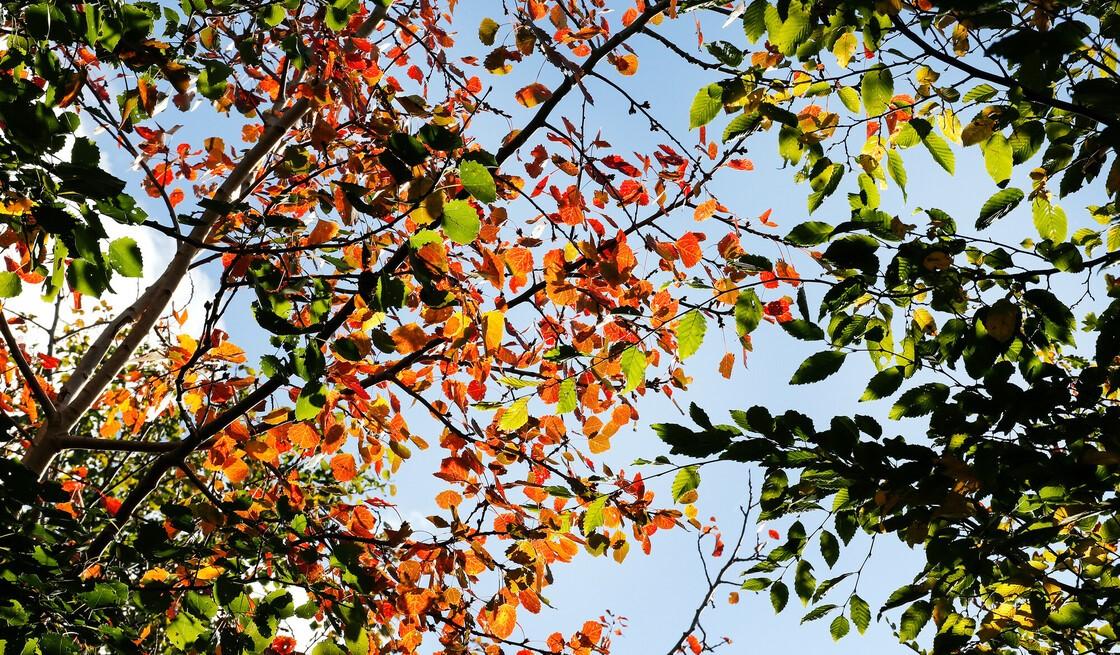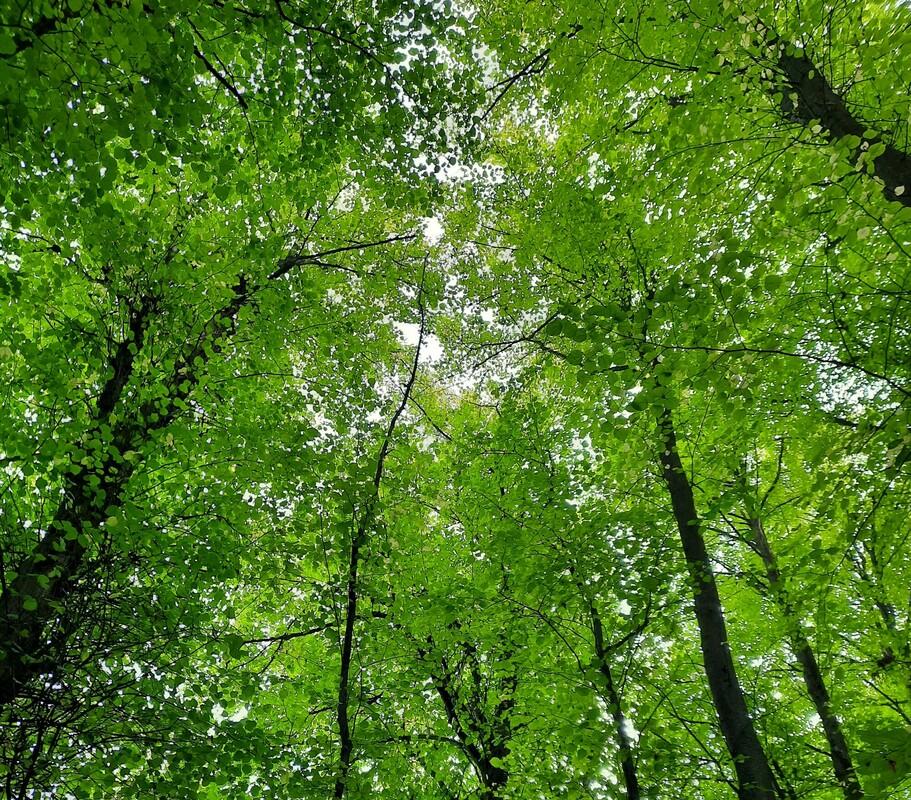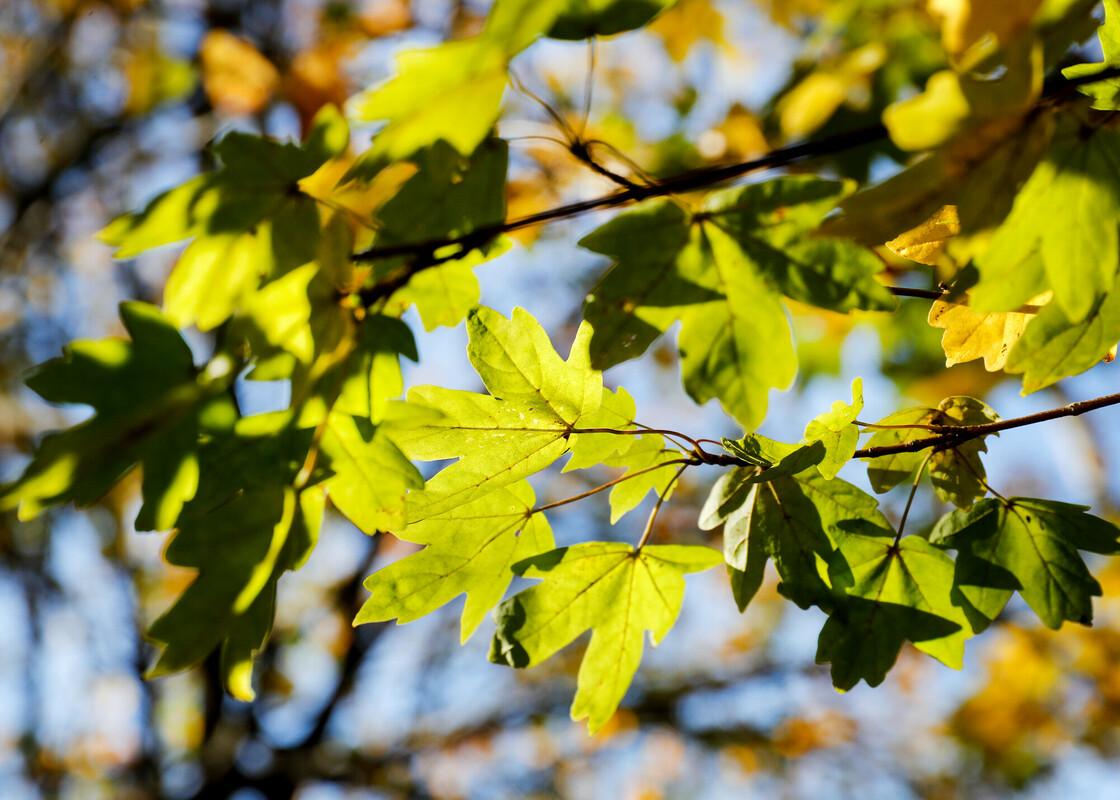
Songs of the trees
Listening out to the sounds, or susurrations, of trees when you are out in the natural environment brings a fascinating element to your walks. Different strength wind and different species of trees bring varied sounds which can transport you to other places in your mind and enhance your wellbeing.
The sounds of trees
Have you ever sat with your back against the trunk of a tree, felt its rough bark press against you, paused, closed your eyes, and listened?
If you have (try it if you have not!), you will probably have heard the wind as it blew through the branches and leaves. Depending on the strength of the wind and the species of the tree, you will hear varied sounds, from a gentle caressing whisper, a swoosh, swish, rustle, whoosh, rumble, or a roar.
These evocative sounds created by the wind flowing through trees is called psithurism or if you prefer sough, both mean pretty much the same. I prefer the word psithurism by the way, it rolls around your tongue and sounds slightly like what it is describing.
Different types of trees and the shape of their leaves make different sounds as the wind blows through them. For me, when I listen to silver birch leaves shimmering in the breeze it reminds me of the sea as it flows over a pebbly beach, and I am transported to the coast, whilst the larger leaves of a poplar always sounds like the pitter pattering of rain.
When I am in the Forest or any woodland, these sounds make me think that the trees are exhaling and sighing in a calm and relaxing manner, which in turn makes me feel relaxed, even when a storm is raging.

The physics behind different tree sounds
An article in the New Scientist* explains the science behind the sound wind makes as it travels through the branches and leaves of a tree. Any airflow disturbances, such as that caused by leaves, creates sounds of characteristic volume, frequency, and oscillation. Trees’ songs change with wind speed and direction and the type of leaves.
Needle-like leaves or petioles, shed vortices as the wind oscillates round them, creating the high- pitched, romantic whisper of conifers. Flat leaves flap like flags, depending on thickness, firmness, edge outline and surface texture. This is the main component of the rustling sound. Pointed, narrow willow leaves shed wind energy with whisperings.

Elevate your next woodland visit
No matter what the tree or the strength of the wind, these sounds are hypnotic and add to the experience of being in a natural environment.
When you next go into the Heart of England Forest, local green space, or your garden, find a tree - it may be your favourite or a new friend! Close your eyes and just listen to the song of that individual tree as the wind plays its notes upon the living keys of the leaves. Hopefully this will give you a moment or two to enjoy the aural landscape of the Forest that we sometimes miss.
Find out more and listen to the trees in this BBC Radio 4 programme - The Susurrations of Trees.



